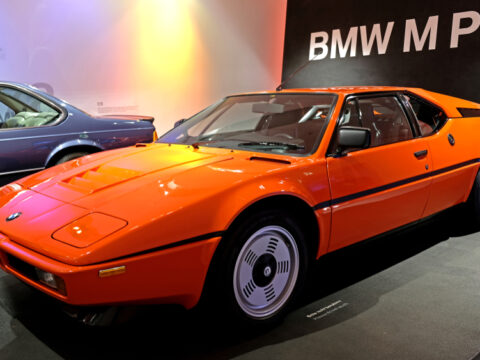Automaker logos are more than just symbols—they represent the history, values, and vision of each brand. From iconic designs to hidden meanings, these logos tell the stories of how some of the most legendary car manufacturers began and evolved. Each emblem has its own unique origin, reflecting the heritage and character of the company behind it.
Contents
Ferrari
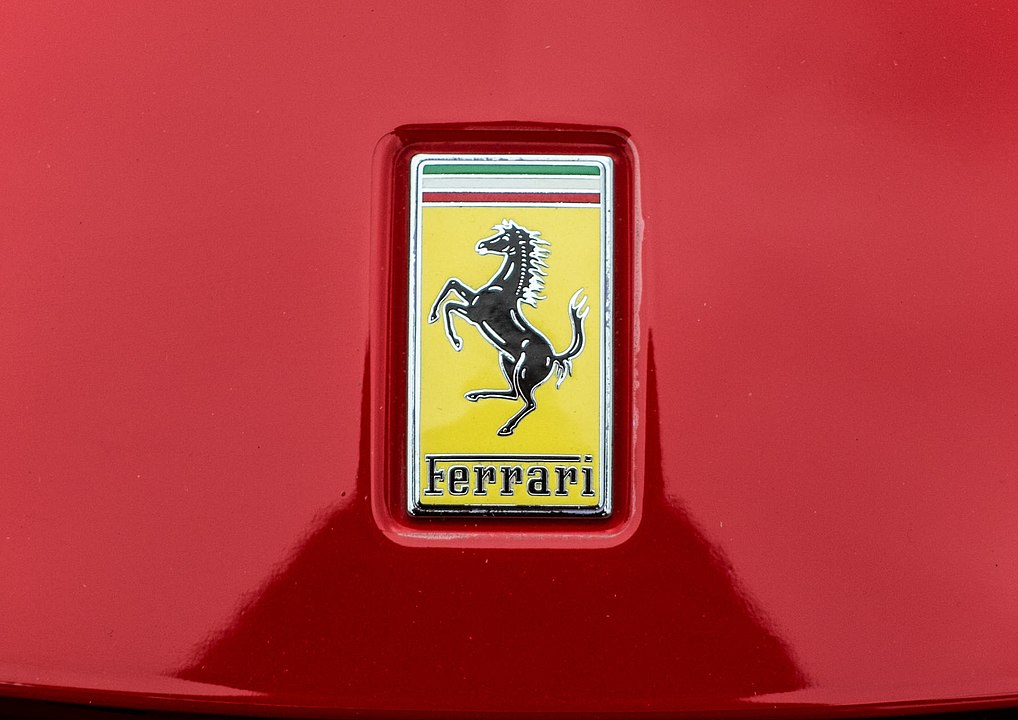
Ferrari’s iconic “Prancing Horse” logo has a fascinating origin tied to aviation history. It was originally painted on the plane of Francesco Baracca, a World War I pilot and national hero in Italy. After his death, Baracca’s mother suggested Enzo Ferrari use the symbol for good luck. Ferrari added a yellow background to represent his hometown of Modena. Today, the logo conveys speed, elegance, and power, perfectly embodying Ferrari’s high-performance cars.
BMW
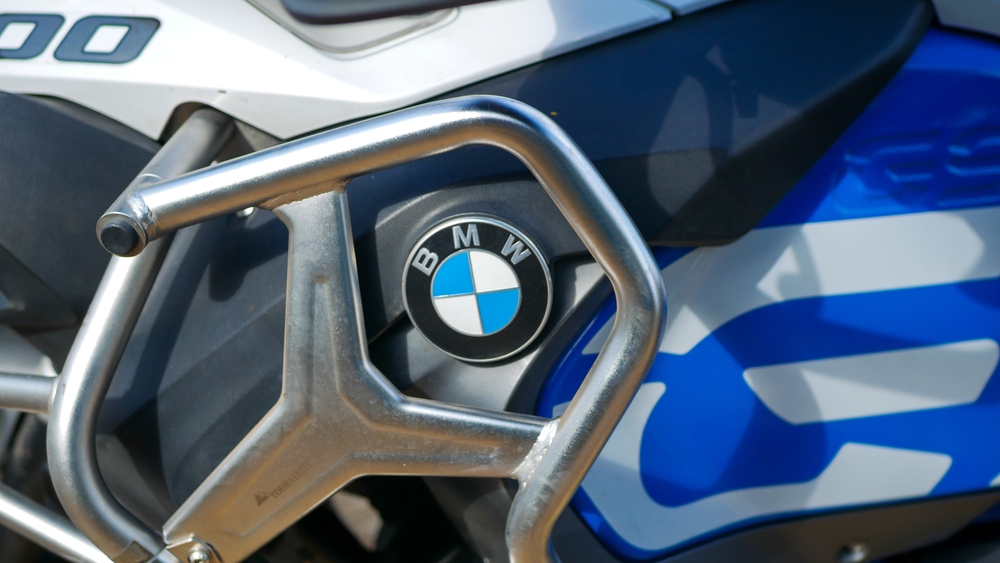
The BMW logo is often mistakenly thought to represent a spinning propeller, but it actually draws from the Bavarian state flag. Its blue and white colors honor BMW’s roots in Bavaria. The circular design also reflects the company’s early beginnings as a manufacturer of aircraft engines. Though the propeller myth persists, BMW’s symbol highlights a proud connection to German heritage. Over the years, the logo has come to symbolize precision and luxury in the automotive world.
Mercedes-Benz

The Mercedes-Benz three-pointed star is a powerful symbol of the brand’s ambition to lead transportation across land, sea, and air. The design was first introduced in 1909, reflecting the company’s expansive vision. Enclosed by a laurel wreath, the star signifies innovation and dominance. While the wreath was later simplified, the three points remain. Today, it’s recognized globally as a hallmark of quality and engineering excellence.
Audi

Audi’s four interlocking rings represent the merger of four car manufacturers—Audi, DKW, Horch, and Wanderer—in 1932. This collaboration formed Auto Union, and each ring symbolizes one of the founding companies. Over time, Audi has retained the logo to honor its heritage. The interwoven rings represent unity, strength, and precision. This emblem has since become a staple in the luxury car industry.
Ford
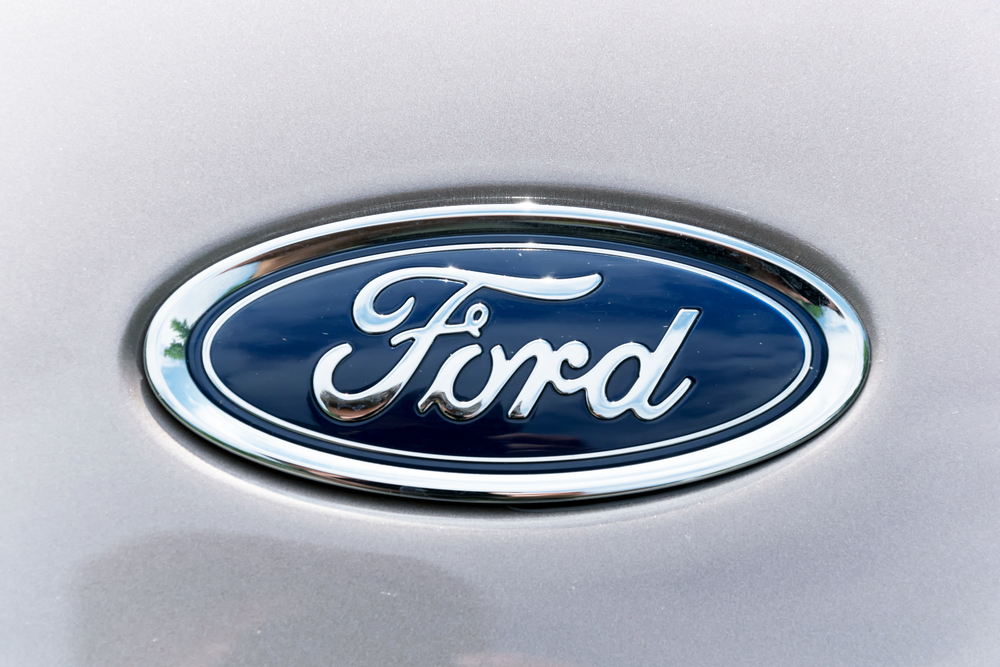
The Ford logo, with its simple blue oval and white script, has become one of the most recognizable symbols in the world. It all began in 1907 when the brand adopted a version of Henry Ford’s personal signature. The blue oval was added in 1927, symbolizing trust and reliability. Over the decades, Ford’s logo has embodied the company’s commitment to affordable, durable vehicles.
Lamborghini
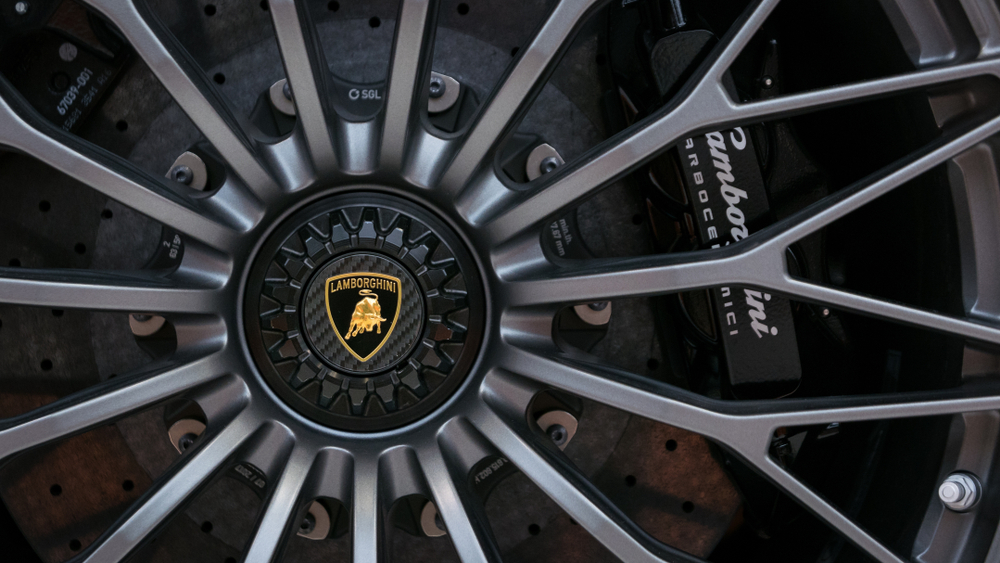
Lamborghini’s logo features a powerful golden bull, chosen by founder Ferruccio Lamborghini, who was an avid fan of bullfighting. The bull also reflects Lamborghini’s zodiac sign, Taurus. This animal symbolizes strength, determination, and speed, which are core values of the brand’s high-performance vehicles. The black and gold colors convey luxury and prestige, making the logo as fierce as the cars themselves.
Porsche
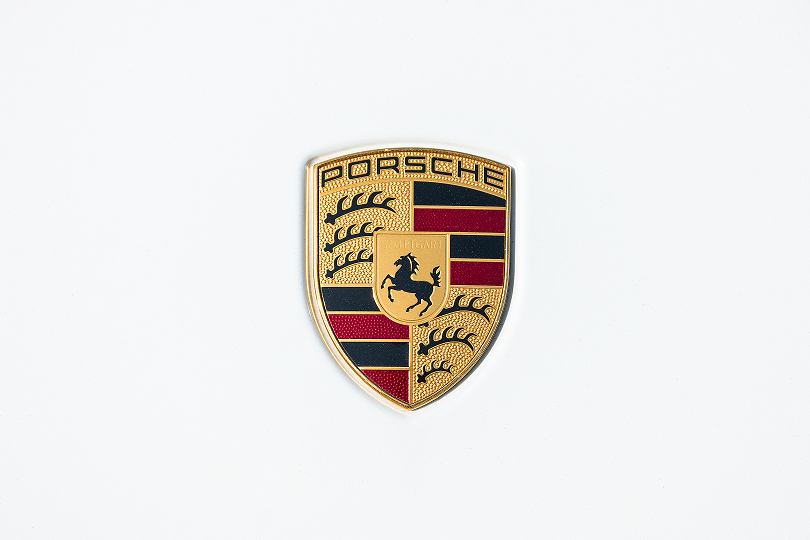
Porsche’s logo combines elements of the Stuttgart city coat of arms and the crest of Württemberg. The horse in the center represents Stuttgart’s connection to horse breeding, while the red and black stripes and antlers are tied to Württemberg’s history. Created in 1952, this emblem honors Porsche’s German heritage. The crest has come to represent a legacy of speed, precision, and unparalleled engineering. Today, it’s synonymous with luxury and high performance.
Chevrolet

The Chevrolet “bowtie” logo, introduced in 1913, has a mysterious origin. Some say it was inspired by the wallpaper pattern in a Paris hotel, while others believe it’s a stylized version of a Swiss cross. Regardless of its true source, the logo has become a timeless symbol of American automotive strength. The bowtie represents Chevrolet’s dedication to quality and innovation across a wide range of vehicles.
Jaguar

Jaguar’s logo, featuring a leaping feline, perfectly captures the spirit of agility, power, and speed. First introduced in 1945, the logo has evolved over time to reflect the brand’s luxurious image. The sleek, dynamic cat represents the graceful yet powerful nature of Jaguar’s cars. With its refined lines, the leaping jaguar is a fitting symbol for a brand synonymous with British craftsmanship and high performance.
Rolls-Royce
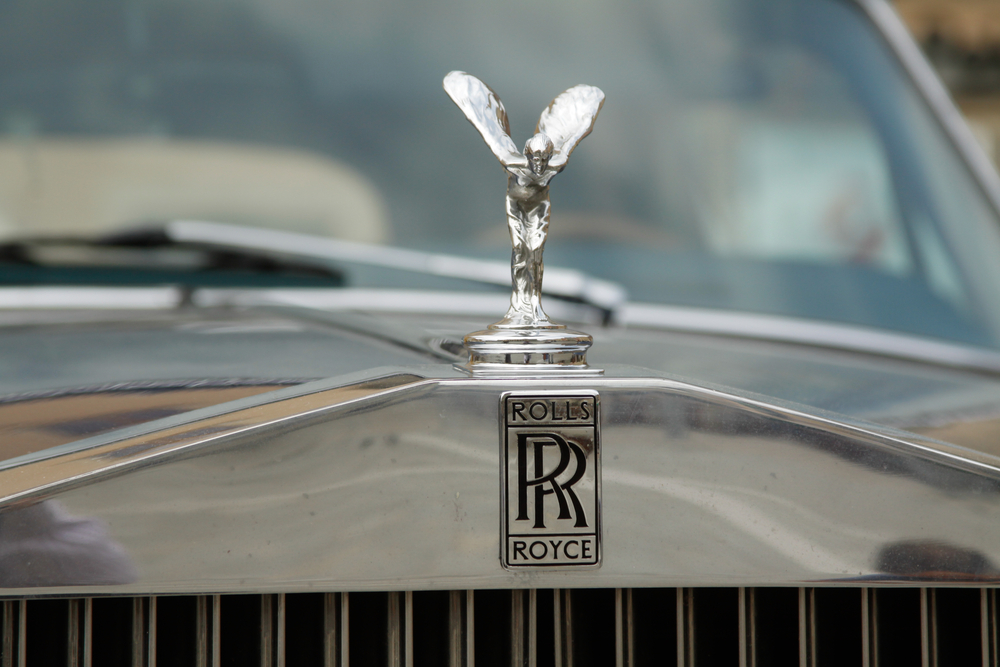
Rolls-Royce’s double “R” monogram has become an enduring emblem of luxury and craftsmanship. The logo honors the partnership between founders Charles Rolls and Henry Royce. Introduced in 1904, it has remained a symbol of excellence in automotive engineering. The brand is also renowned for its “Spirit of Ecstasy” hood ornament, which further reinforces Rolls-Royce’s dedication to elegance and sophistication. Together, the monogram and ornament create an image of timeless luxury.
Tesla

Tesla’s sleek “T” logo has a dual meaning, representing both the brand’s name and the cross-section of an electric motor. The design, created by RO Studio, reflects Tesla’s focus on electric vehicle technology. Simple yet modern, the logo embodies the brand’s innovative spirit. The minimalism of the design complements Tesla’s clean, futuristic aesthetics. It also reinforces the company’s mission to revolutionize the automotive industry.
Toyota
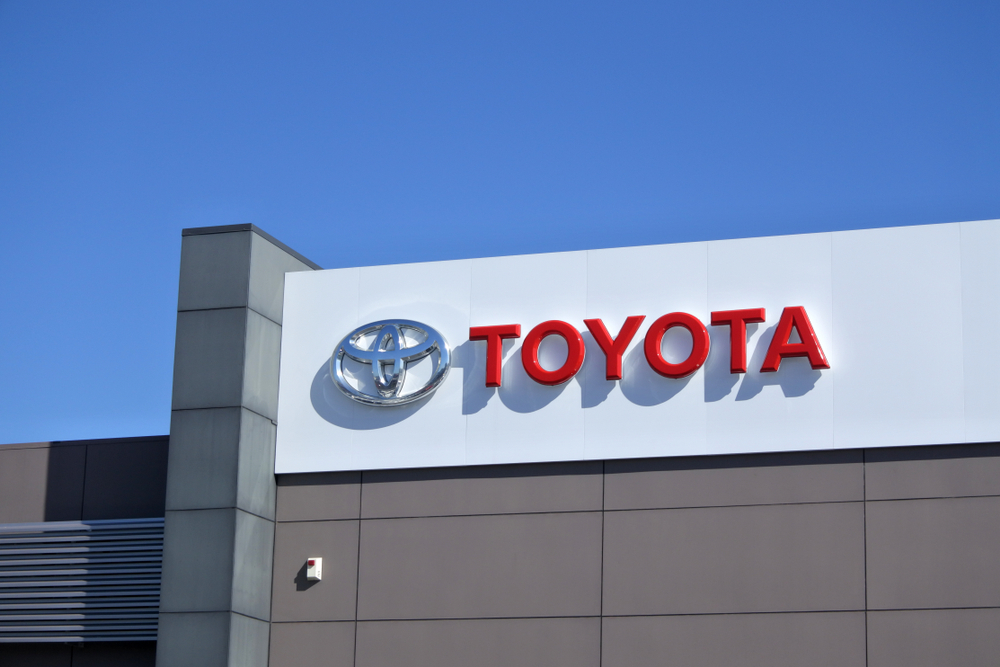
Toyota’s logo, introduced in 1989, features three overlapping ovals that form a stylized “T” for Toyota. The larger outer ovals represent the company’s commitment to growth and global expansion. Inside, the smaller ovals symbolize the strong relationship between Toyota and its customers. The smooth, balanced design reflects the brand’s focus on quality and reliability. It has since become an iconic symbol of excellence in the automotive world.
Maserati
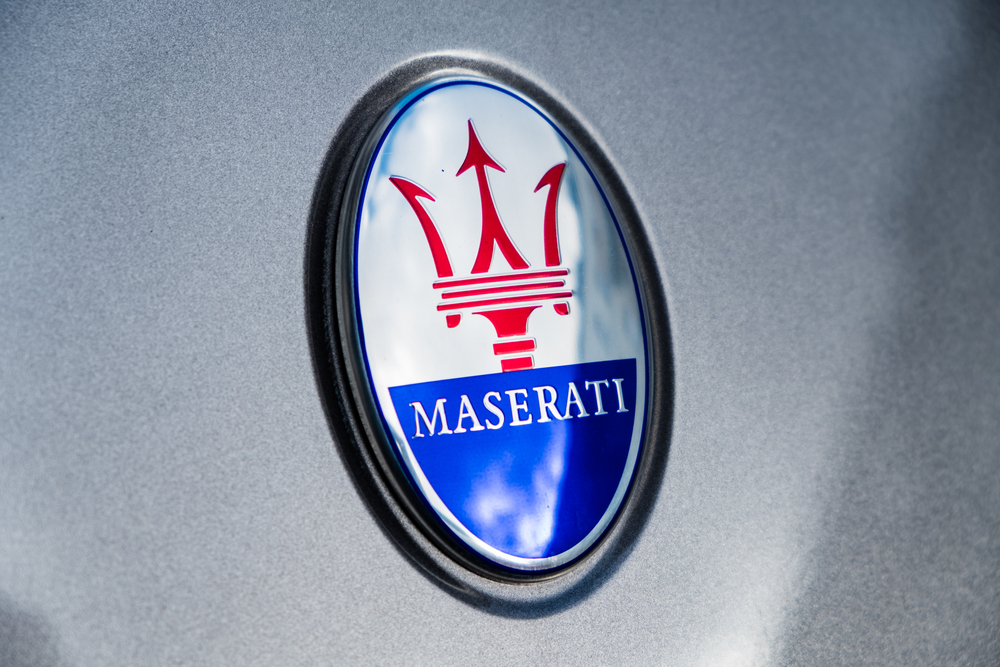
Maserati’s trident logo was inspired by the statue of Neptune in Bologna’s Piazza Maggiore. Designed in 1926, the trident reflects power and dominance, much like the Roman god it represents. The logo’s sharp, elegant lines mirror Maserati’s focus on luxury and performance. Over the years, the trident has become a symbol of Italian craftsmanship. It stands as a testament to Maserati’s heritage and innovation in the high-performance car industry.
Volvo
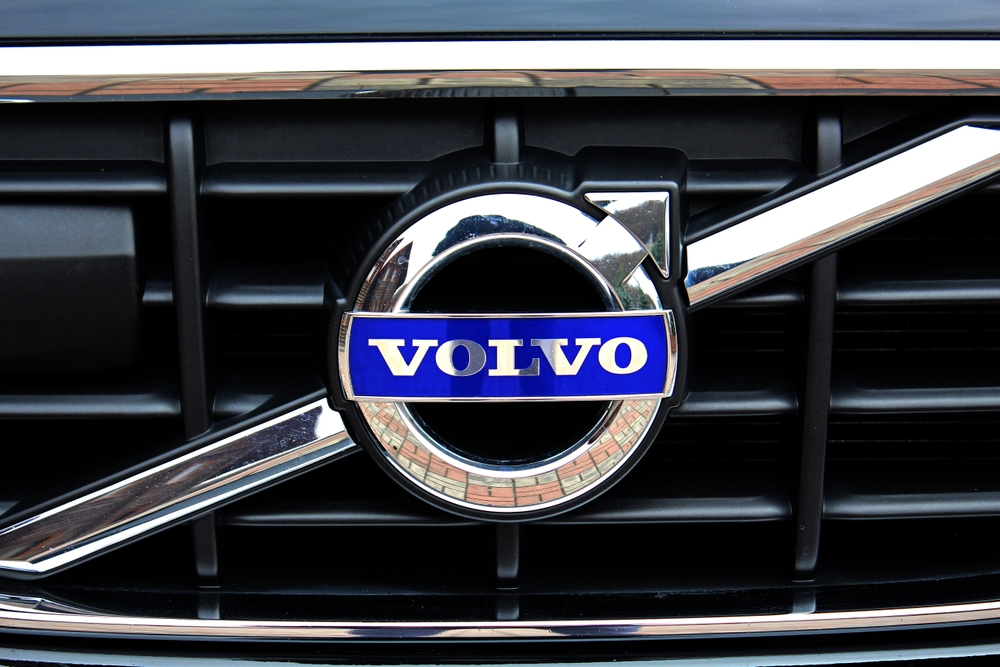
Volvo’s logo is a simple circle with an arrow pointing diagonally, an ancient symbol of iron. This design reflects Volvo’s commitment to strength, durability, and safety—key qualities in its vehicles. The name Volvo means “I roll” in Latin, further emphasizing the brand’s roots in Swedish engineering. The iron symbol underscores Volvo’s focus on creating robust, dependable cars that stand the test of time.
Alfa Romeo

Alfa Romeo’s logo is steeped in Milanese history, combining the red cross of Milan and a serpent eating a man, the symbol of the Visconti family. First used in 1910, this emblem represents the brand’s deep ties to Italy’s cultural and automotive heritage. The serpent symbolizes strength and power, while the cross stands for the city’s pride.
Peugeot
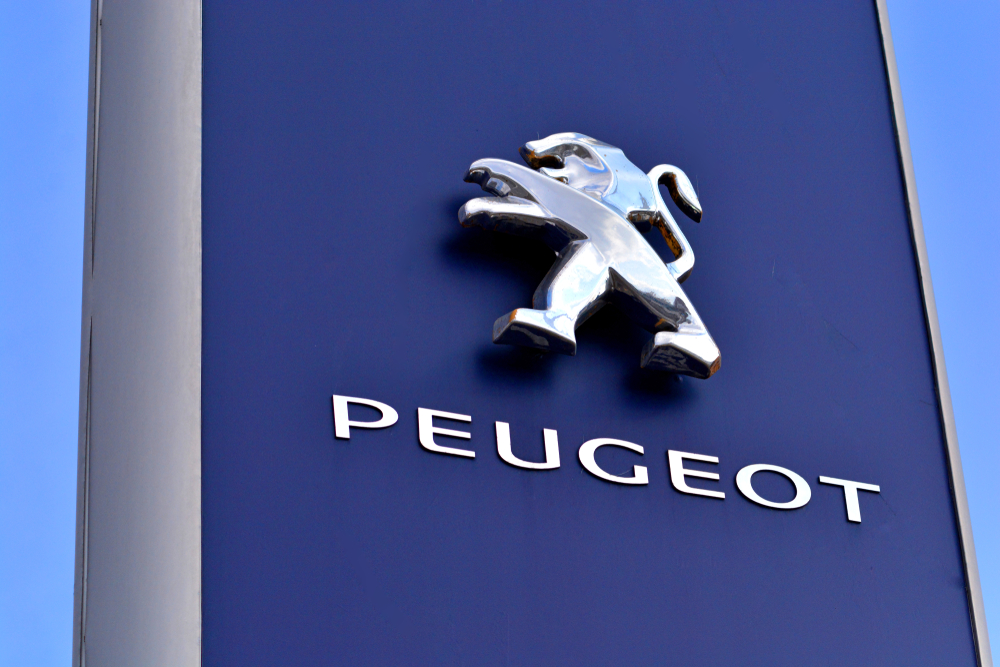
Peugeot’s lion logo dates back to 1847, symbolizing strength, agility, and durability. The lion originally represented the brand’s steel saw blades, known for their power and precision. Over time, the logo evolved to represent Peugeot’s automobiles, with the lion standing proudly on its hind legs. Today, it’s recognized as a symbol of the brand’s enduring quality and engineering excellence.
Subaru
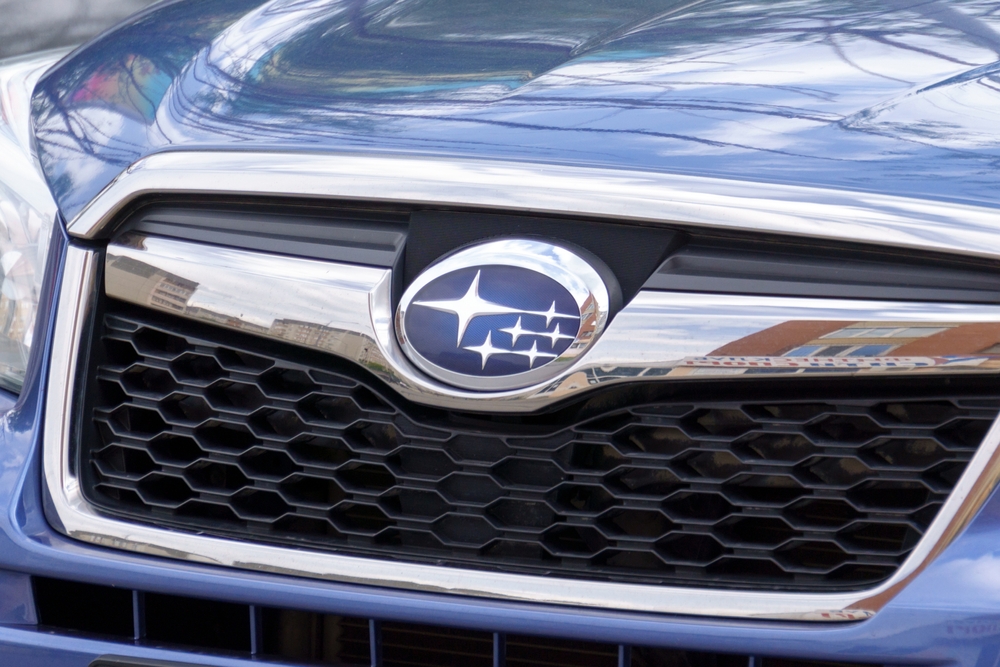
Subaru’s logo features six stars, symbolizing the Pleiades star cluster, known in Japan as Subaru. The stars represent the unification of five companies under the umbrella of Fuji Heavy Industries, the parent company of Subaru. This celestial theme highlights Subaru’s innovative and forward-thinking approach to car design. The logo’s simple elegance reflects the brand’s commitment to excellence and technological advancement.
Aston Martin
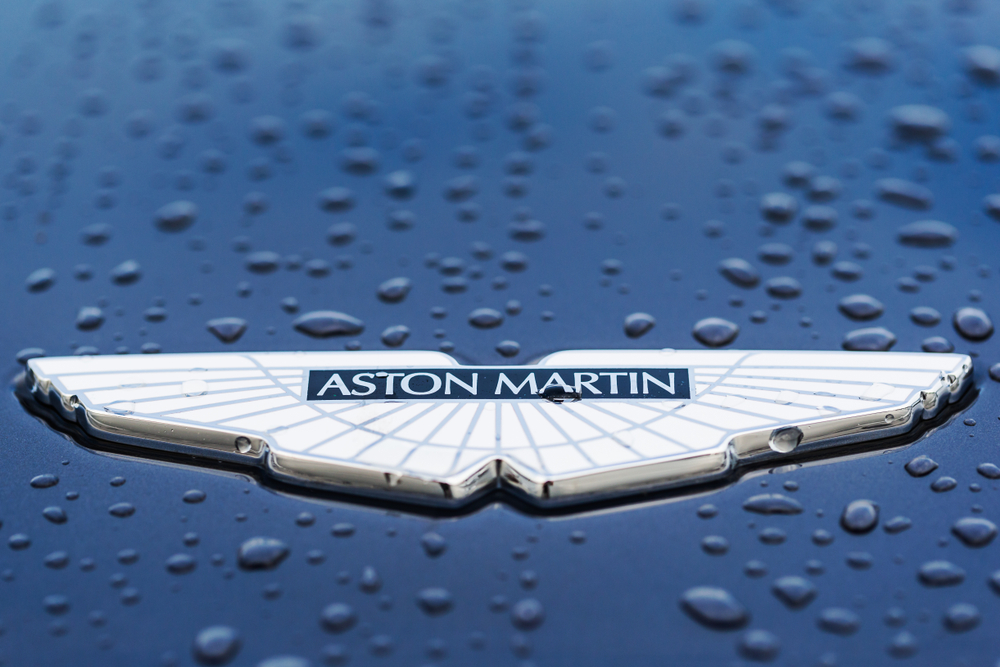
Aston Martin’s winged logo was introduced in 1927, symbolizing speed, freedom, and elegance. The wings, inspired by the brand’s association with aviation, represent the sleek and high-performance nature of Aston Martin’s vehicles. Over the years, the logo has evolved but retained its sense of sophistication and exclusivity. It serves as a fitting emblem for a brand synonymous with British luxury and craftsmanship.
Bugatti
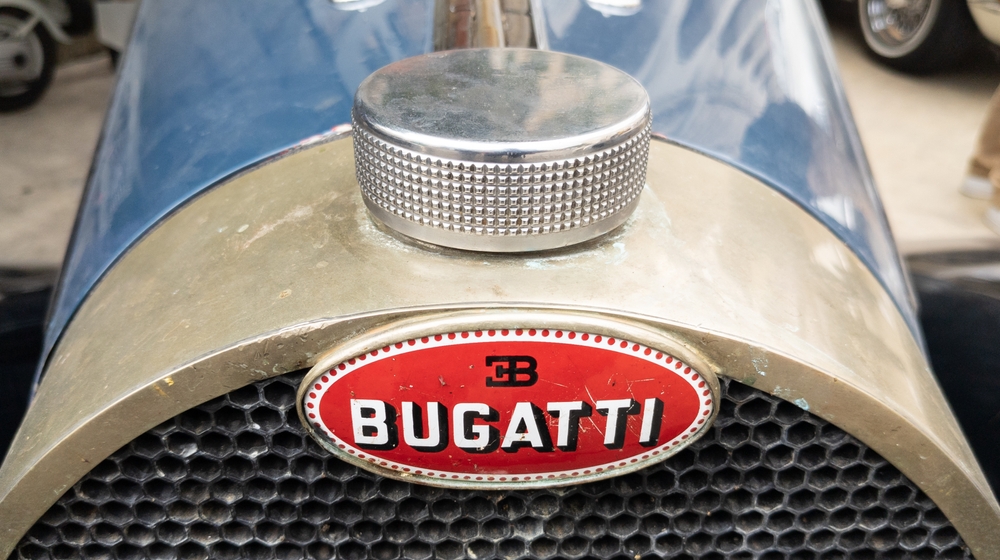
Bugatti’s logo, a red oval adorned with the founder’s name and 60 surrounding dots, exudes luxury and exclusivity. The “EB” initials at the top stand for Ettore Bugatti, the company’s founder. Some believe the dots represent pearls, adding to the logo’s association with high-end craftsmanship. Bugatti has long been a symbol of elite automotive engineering, producing some of the world’s most exclusive and powerful vehicles.
Mitsubishi
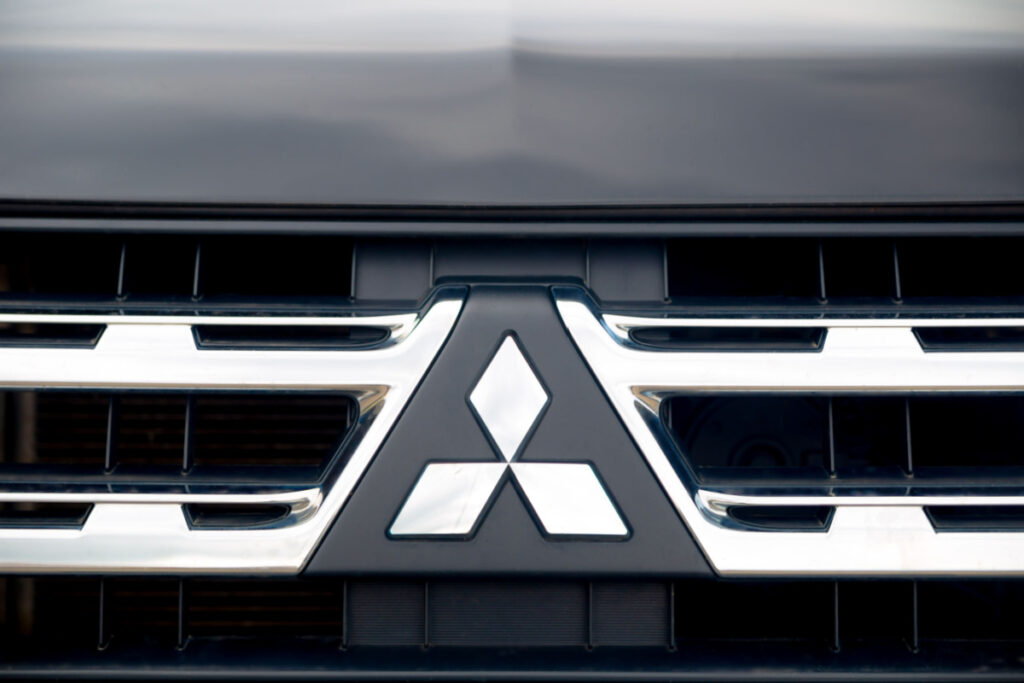
Mitsubishi’s logo, introduced in 1914, is a combination of three diamonds, representing reliability, integrity, and success. The name Mitsubishi itself translates to “three diamonds” in Japanese. The simplicity of the design has made it instantly recognizable across various industries, from cars to electronics. This minimalist emblem reflects Mitsubishi’s long-standing commitment to quality and innovation in every field it enters.
This article originally appeared in MyCarMakesNoise.
More from MyCarMakesNoise
17 Outdated Vehicle Features That Need to Go
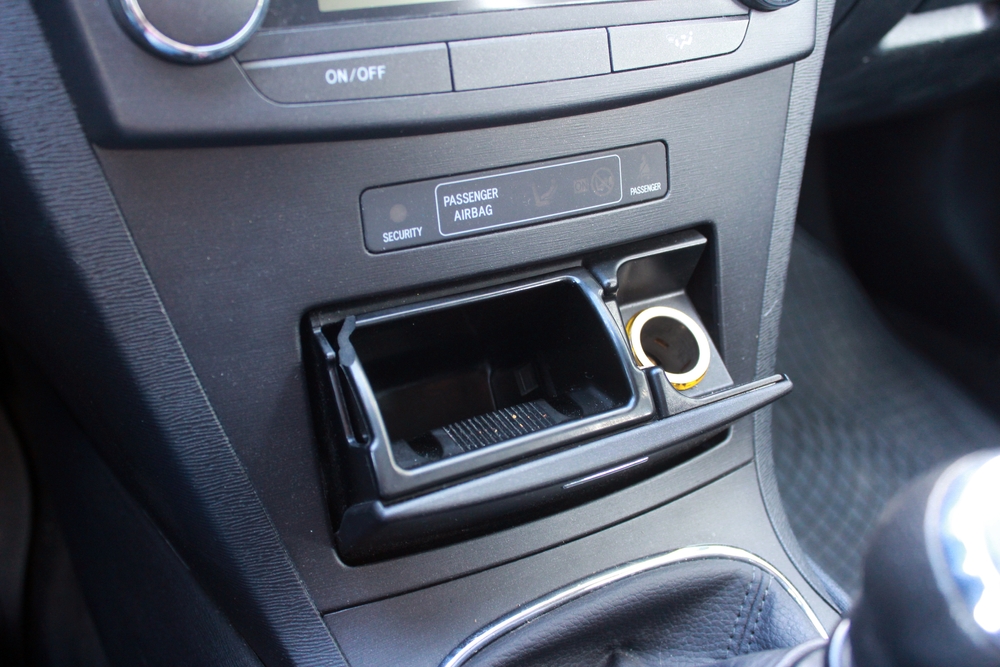
Cars have come a long way over the years, but some outdated features have stuck around far longer than they should. From manual windows to cassette players, these relics no longer serve a purpose in modern vehicles. Read More.
11 Car Battery Brands You’ll Regret Buying
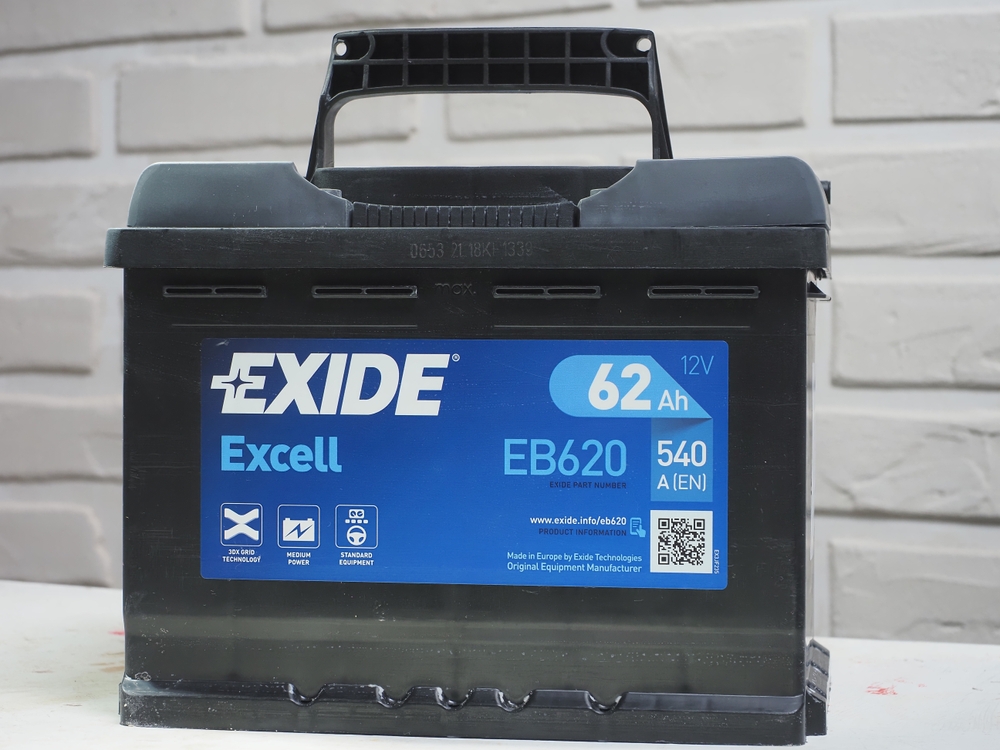
Choosing the right car battery is crucial for ensuring your vehicle runs smoothly. Unfortunately, not all brands live up to their promises. In this article, we highlight 11 car battery brands you should avoid due to issues like poor performance, short lifespan, and reliability concerns. Read More.
20 Legendary Cars That Ruled the Road with V8 Power

V8 engines have long been synonymous with power and performance. In this list, we dive into 20 powerful cars that dominated the roads with their mighty V8 engines. These vehicles not only showcased impressive speed and strength but also left a lasting mark on automotive history. Read More.


